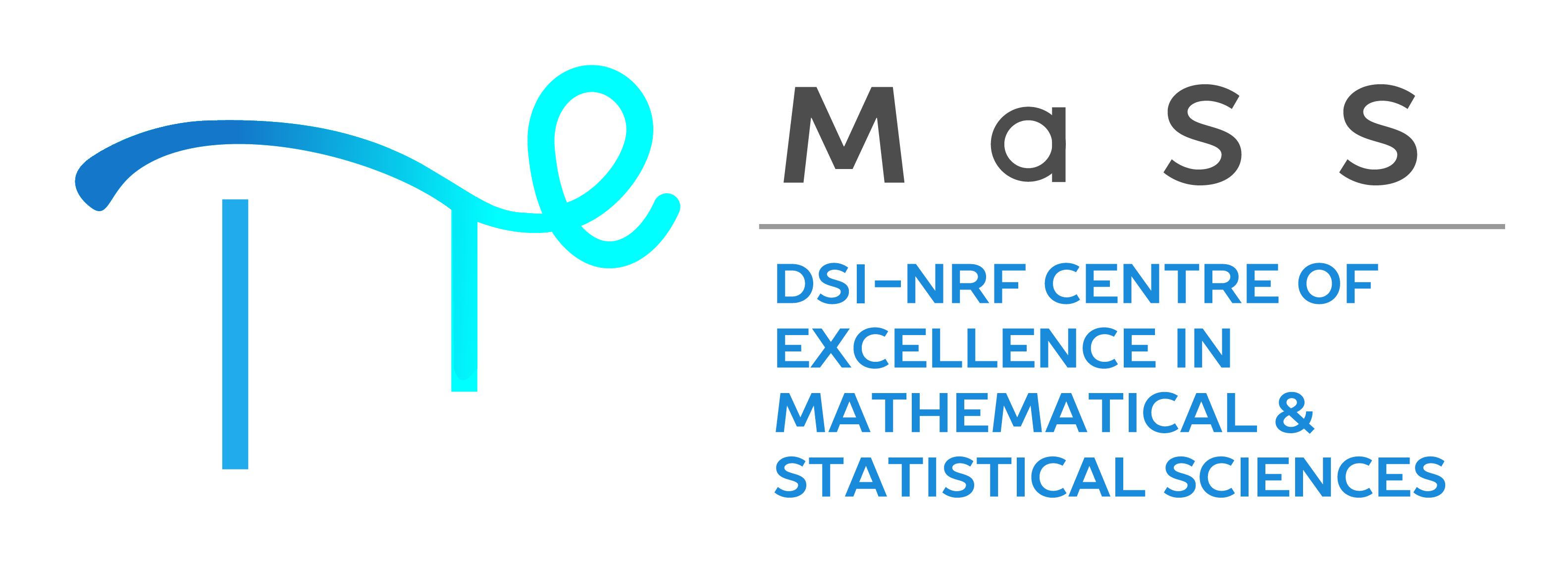How does the teaching design influence tertiary
students’ learning of mathematical modelling?
Rina Durandt\(^*\), University of
Johannesburg
Werner Blum, University of
Kassel
Alfred Lindl, University of
Regensburg
SAMS Subject Classification Number: 16
The transition from school to university is a substantial hurdle in students’ learning of mathematics, also because many students lack basic skills and abilities and have a constricted disposition towards mathematics. Accordingly, the learning of mathematical modelling is particularly challenging for students. Mathematical modelling is the process of solving real-life problems by translating between reality and mathematics. Modelling requires certain competencies (e.g., structuring, mathematising, interpreting, validating) and is thus cognitively demanding. According to empirical findings at the secondary school level, students ought to acquire as much experience of independent work in modelling as possible, whenever necessary supported by the teacher as modestly as possible. So, the question follows: What are appropriate ways of teaching mathematical modelling at the tertiary level?
In our project CoSTAMM (Comparative Studies into Teaching Approaches for Mathematical Modelling), we implemented a mathematical modelling unit (diagnostic test, pre-test, five lessons with ten tasks, post-test) for tertiary students and investigated the effects of two different teaching styles (an independence-oriented style and a more traditional teacher-guided style) in 2019 and 2022. The overarching purpose of this project is to enhance the teaching and learning of modelling, with an emphasis on the tertiary level, guided by the principle of finding an appropriate balance between students’ independence and teacher’s (lecturer’s) guidance. In 2019, three groups of first-year engineering students participated in the project, and in 2022 two groups of first-year engineering students and one group of second-year analytical chemistry students. Both the 2019 and 2022 results show significant learning progress for all students, with the biggest growth for the independence-oriented style. In our talk we will present the modelling unit, the test instruments and the evaluation methods, and we will report on the results from the 2019 and 2022 implementations, including comparisons between the different groups.


